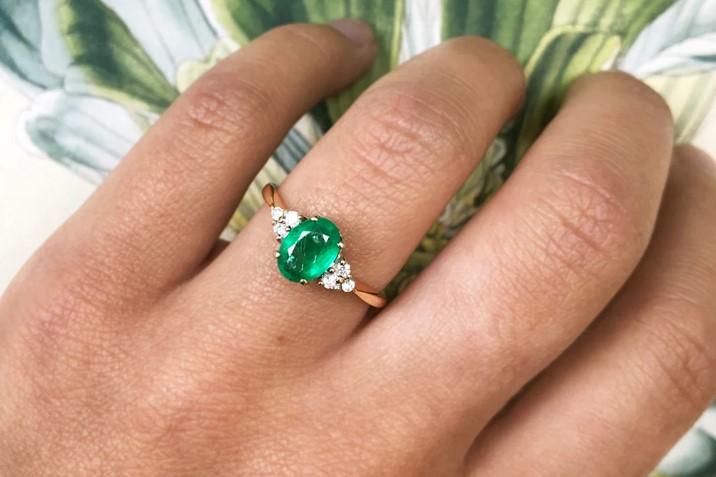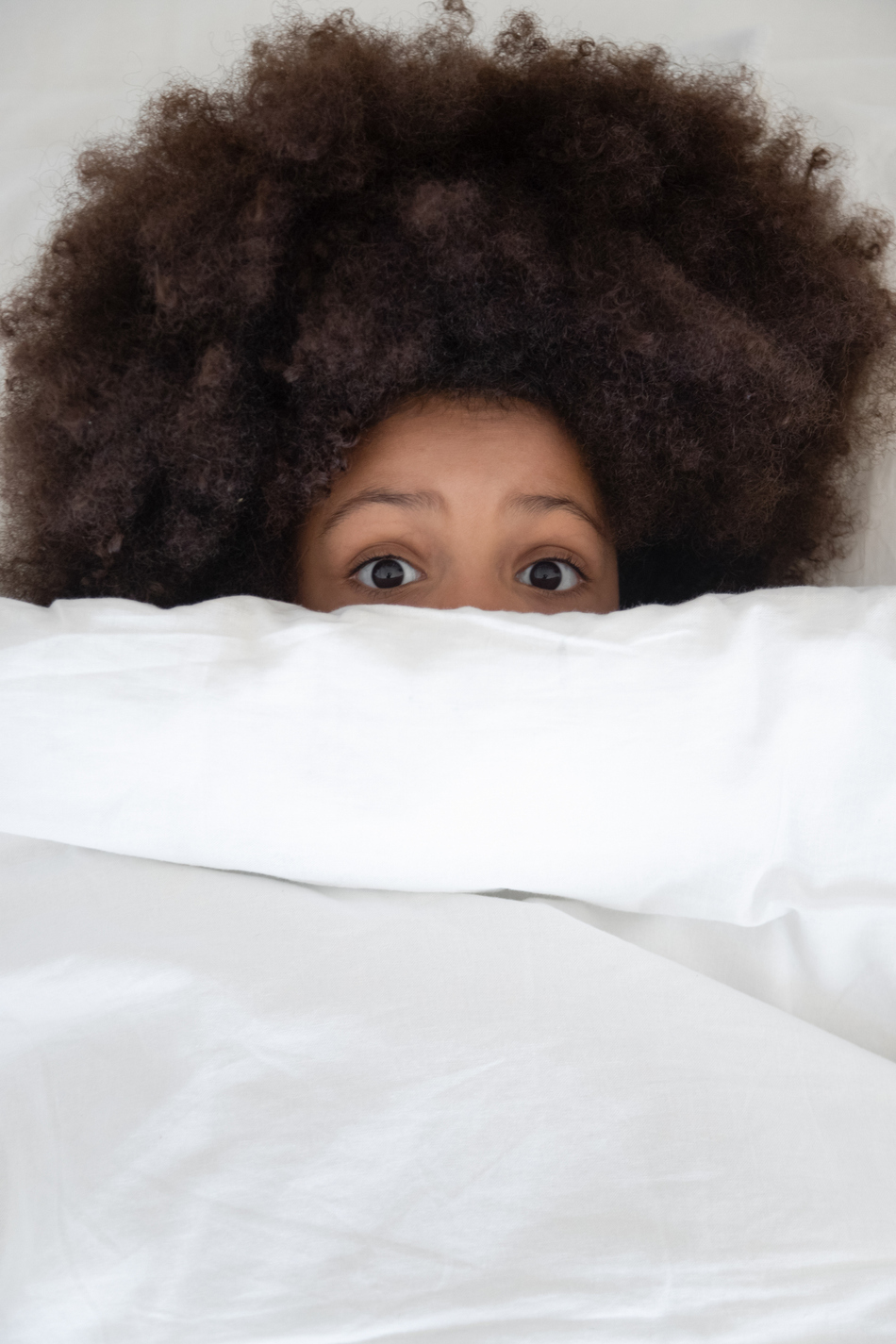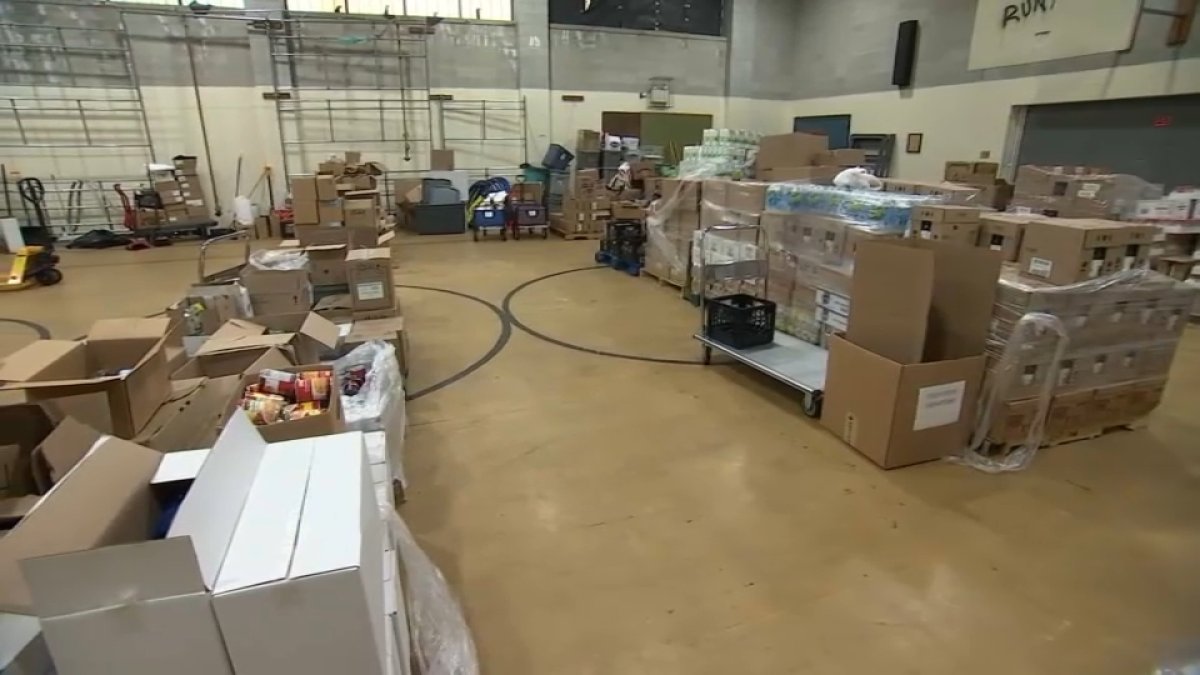More people are taking sleep-tracking devices to bed than ever before.
Generally speaking, a sleep tracker measures the length and/or quality of your sleep, and they are increasingly being incorporated into popular fitness “wearables” such as Apple, Garmin and Fitbit watches.
On a daily basis, users can access a range of statistics about their previous night’s sleep, including how much time they spent in REM (rapid eye movement) sleep, and how many times they were woken up.
By way of an algorithm, this data is often then translated into a sleep “score” (such as a percentage), indicating how “well rested” they are.
In the case of some fitness devices — particularly those marketed at elite athletes — this “sleep score” will also inform how much exercise it is recommended they do the following day.
However, just how accurate are they, and how much attention should you be paying to your data?
The ‘dark’ side of sleep tracking
Johns Hopkins school of medicine neuroscientist Matthew Reid warns that fixating on daily sleep scores can have a negative psychological impact, especially on those people with existing sleep problems.
In one study led by researchers at The University of Oxford, participants with insomnia were divided into two groups and given fake or “sham” feedback on their sleep.
One group was told they had a “positive” night’s sleep, the other a “negative” night’s sleep, and were then asked to rate their mood and sleepiness.
Those who were given a fake “negative” score, rated themselves as much sleepier, and their mood significantly worse than those who were given a fake “positive” score, and vice versa.
“Where I do see tracking devices as being detrimental is in people with sleep disorders like chronic insomnia?” Dr Reid asks.
“Unfortunately, those are the kind of people who are generally attracted to these kinds of devices … they’re hyper-focused on their sleep, to the extent they’re preoccupied by it.
“Clinically, we’ve always tried to stay away from using objective markers of sleep because, in many cases, insomnia is a disorder of sleep perception, rather than a disorder of sleep itself.
“Throwing daily feedback into the mix for those individuals can be very stressful and, potentially, make their sleep worse.”
Athletes at particular risk of ‘orthosomnia’
Over the past few years, anxiety driven by sleep trackers has increased to the point where a new term, “orthosomnia”, has been coined to describe the “obsessive pursuit of optimal sleep”, driven by the use of technology.
Sunshine Coast sleep physician David Cunnington has seen this phenomenon play out first-hand in his work with AFL clubs.
Dr Cunnington says athletes often find themselves preoccupied by the relationship between their sleep data and what they have done on any given day.
“I see a lot of athletes drive themselves bananas [looking at daily numbers], because they’re all about the ‘1-percenters’ — finding the variables that will improve performance,” he explains.
“But the inherent variability in sleep-tracking devices will give you an almost random kind of result that won’t show any correlation or clear relationship [between your behaviours and sleep].”
Dr Cunnington has even seen examples of clubs threatening players with missing selection if they are not getting enough sleep before games.
He says this kind of approach is counterproductive.
“If you’re already anxious about sleep, that kind of thing absolutely does your head in,” he says.
Reading in bed? Here’s why your tracker may think you’re asleep
Dr Olivia Walch from the University of Michigan completed a PhD in applied mathematics on sleep and circadian rhythms.
Like Dr Cunnington, she says sleep trackers are not yet accurate enough to predict something as complicated as which behaviours lead to better sleep outcomes.
She explains this by outlining how the algorithms built into sleep trackers work.
Many, she says, start with the assumption that, if you’re moving, you’re awake, whereas, if you’re still, you’re probably asleep.
“So, especially in cases where you’ve got someone with insomnia, the ‘are you moving test’ is pretty bad,” she says.
“That’s because they might be awake for long periods of time but lying very still [in order to try to fall asleep].”
In these cases, the wearable may assume the person is asleep, while the same might happen if someone lies very still in bed watching a TV show or reading.
Instead of measuring a sleep tracker’s “overall” accuracy, then, Dr Walch argues that we should focus on how well they predict when you are awake, versus when you are asleep.
“For most devices, sleep accuracy is about 93-99 per cent, which is pretty high,” she says.
“But your wake accuracy could be anywhere from 20 to 60 per cent, depending on the device.”
Dr Walch assures that wearables are now using much-more-advanced algorithms than the “are you moving” test (technically referred to as the “actigraphy” approach).
However, she says, that has not automatically translated into a big leap in accuracy.
“To be clear, Garmin nailed every sleep in that paper,” she says.
“But [Garmin] missed a lot of the wake data. So they went a little heavy on the ‘sleep pedal’.”
Dr Walch adds that devices will also differ in terms of how much they are programmed to pick up on sleep or naps that happen outside of “standard” bedtime hours.
Some, for example, will focus almost exclusively on picking up overnight periods of sleep.
“If you’re only looking for sleep at night, you’re less likely to have an embarrassing error where you say somebody was asleep in the afternoon when they were just kind of sitting around,” she says.
“But this has a drawback for shift-workers, or anyone outside of a nine-to-five schedule, who will be sleeping or napping during the day and need credit for that.
“All of this is just to say — device choice matters.”
The stages of sleep
Experts agree that where sleep trackers routinely fall down is determining which “sleep stage” someone is in.
Wearables use a combination of factors — such as heart rate, and again, movement — to “guesstimate” what sleep stage someone is in, resulting in the underwhelming accuracy of 60-75 per cent.
“It’s a bit like putting lipstick on a pig,” Dr Cunnington says.
“Heart-rate can help you tell if someone is in REM or non-REM sleep because, in non-REM, you tend to have a more regular heart-rate, whereas in REM, it becomes more chaotic.
“But once you start to try and substrate non-REM sleep into light and deep, wearables don’t do particularly well.”
Experts also warn against paying too much attention to how much sleep you spend in each stage — regardless of device accuracy.
Dr Reid says that, as a general rule, REM sleep will account for 20-25 per cent of the sleep cycle, and deep sleep for up to 25 per cent.
Those numbers, however, do not take into account recognised differences across age groups, or by sex.
For example, deep (or slow wave) sleep tends to decline as you age, while females have been found to have more deep sleep than males, but report poorer quality and more disrupted sleep.
As Dr Reid explains it, the amount of sleep we get on a day-to-day basis changes in response to what’s going on in our bodies.
This means it’s not really possible to say whether a particular amount of REM or non-REM sleep is “optimal”.
A more important measure, Dr Cunnington says, is how someone “sequences” through different sleep stages throughout the night.
Sleep occurs in “cycles” that last somewhere between 60 and 120 minutes.
Loading…
“Within each cycle, you should be getting some light sleep, deep sleep, light sleep and then REM sleep, in that sequence,” he explains.
Over the course of the night, and with each subsequent cycle, you should also expect your deep sleep to decrease, while REM sleep increases.
You may be the best judge of your sleep
As a rule, Dr Reid advises against looking at your daily numbers, and to listen to how you subjectively feel.
“Do you feel well rested? Do you feel sleepy during the day? If you were to have a nap, how long do you think it would take you to fall asleep?” he asks.
“These are the kind of markers that you’re getting restorative sleep, and are far more important than what percentage sleep you got in each phase.”
Dr Cunnington agrees. In his work with sporting clubs, as well as with clients, his advice is to stop fixating on daily numbers, and think about sleep more holistically, over a longer period of time.
“I’d look more at the average amount of sleep you’re getting across the week, and also include rest,” he says.
“So rest, for an athlete, would mean ‘feet up’ time. For a professional worker, it’s something non-task oriented.
“Focusing on those things across the span of the week — instead of daily scores — just means that, if you’re behind, you have an opportunity to build in more rest and downtime.”







